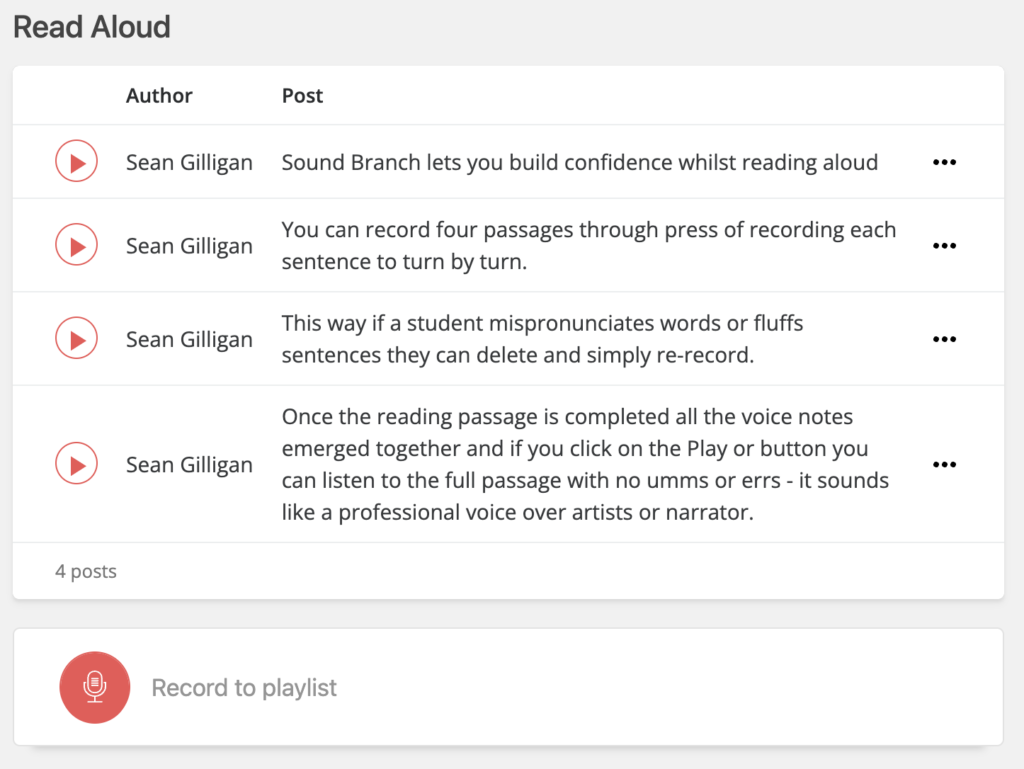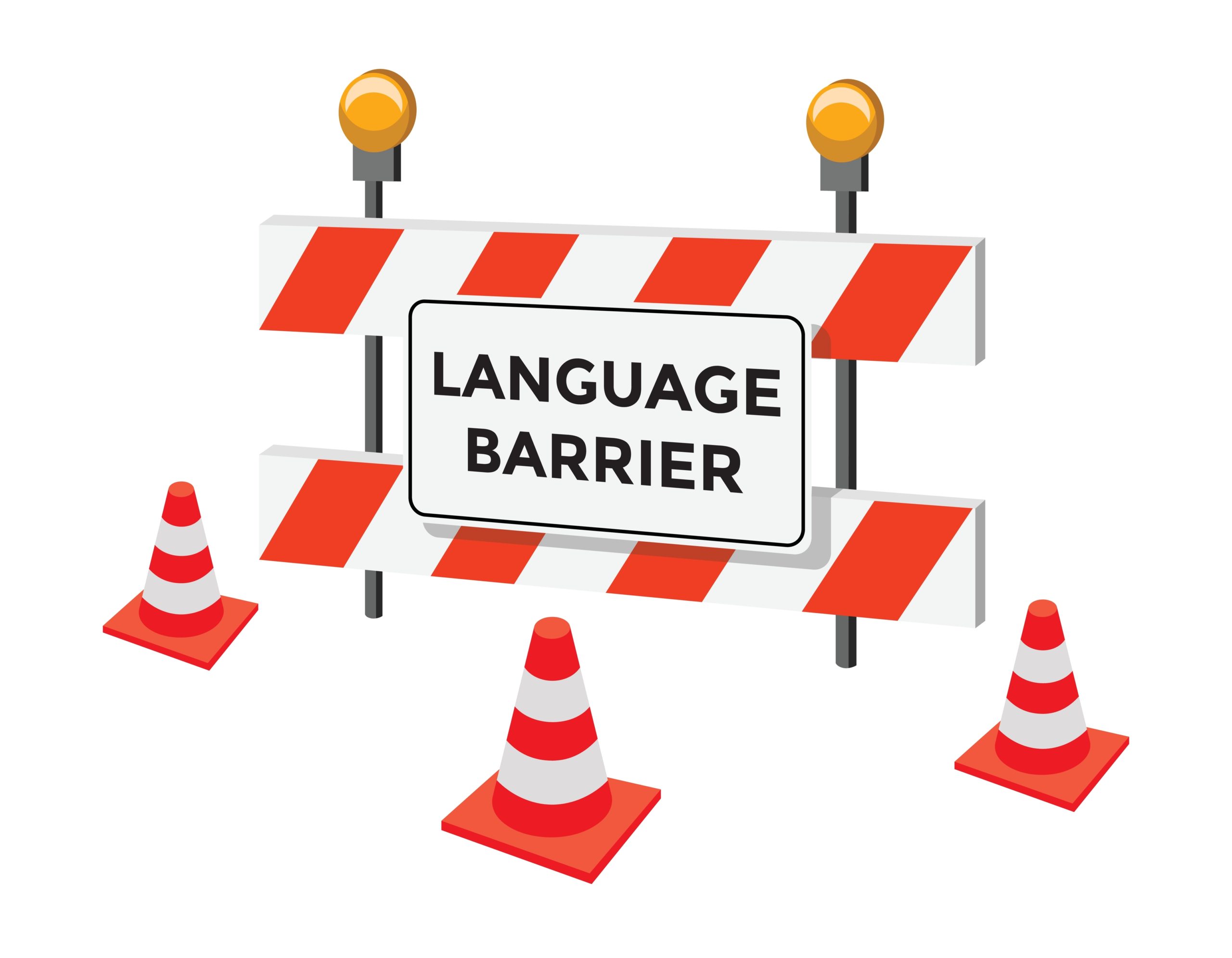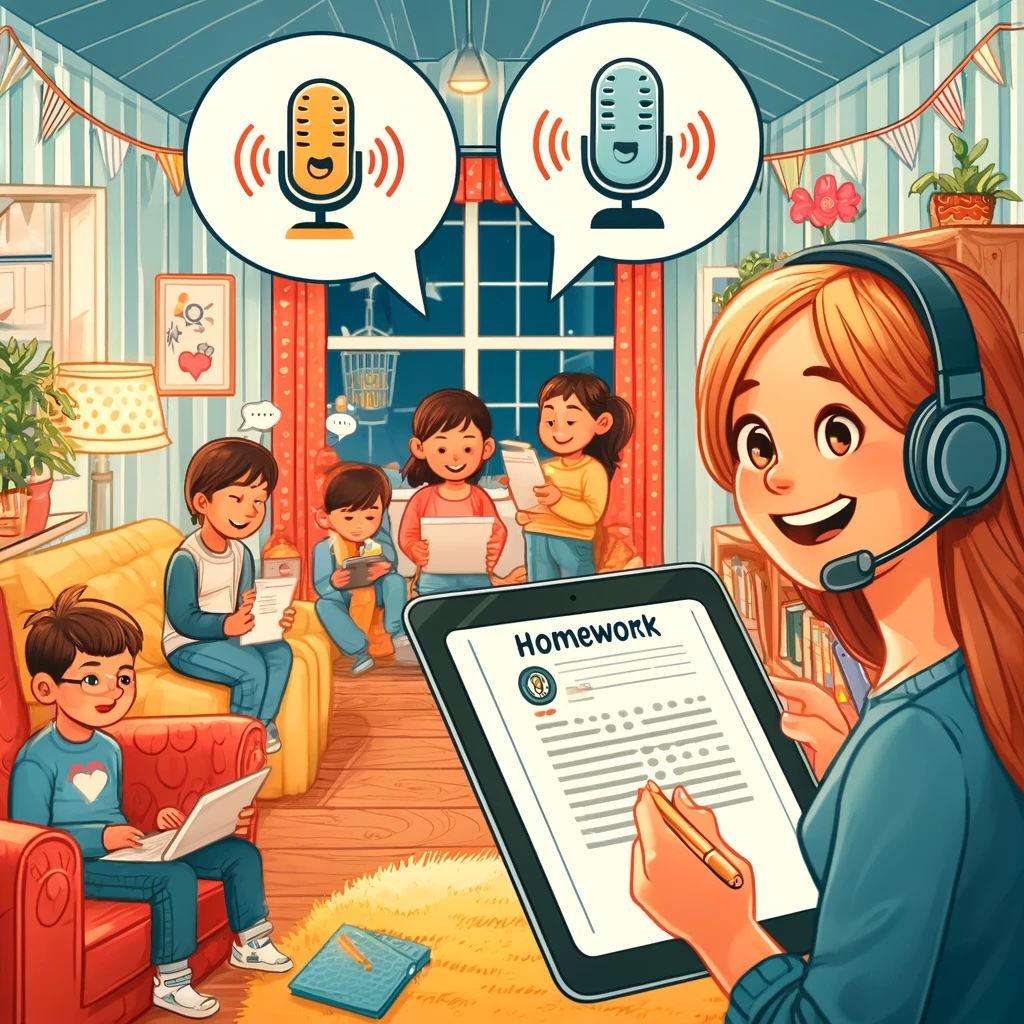The Hidden Power of the Pause: How Asynchronous Voice Messaging Unlocks Confidence for Those with Stutters
Imagine this scenario: a professional is preparing for a crucial video interview, the kind that could shape the next step in their career. Everything is meticulously set up—the lighting, the background, even the notepad just off-screen with carefully written bullet points. But as the conversation begins, a challenge emerges. The interviewee has a stutter, and the fluidity of their responses is interrupted, not by a lack of preparation, but by the anxiety that often accompanies the pressure to speak smoothly in real-time.
The result? A conversation marked by moments of frustration, where thoughts are clear but the words struggle to flow. The interviewer is patient, but the stutter, amplified by the real-time nature of the interaction, casts a shadow over what could have been a brilliant exchange.
The Science of Speech and Stuttering
Stuttering, or stammering, is a speech disorder characterized by repetitions, prolongations, or blocks that disrupt the normal flow of speech. While the exact cause remains elusive, research suggests that it involves a complex interplay between genetics, neurological development, and environmental factors. However, what’s particularly fascinating—and often overlooked—is how the pressure of real-time communication can exacerbate these disruptions.
When we engage in conversation, our brain is performing a delicate balancing act, coordinating thoughts, language, and motor functions in a fraction of a second. For someone with a stutter, this process can be particularly taxing, especially when the pressure to respond immediately is high. The real-time demand on the brain’s language centers can trigger or worsen stuttering, making communication more challenging and, unfortunately, more stressful.
The Shift to Asynchronous Communication
Now, let’s rewind the scenario. After the difficult video call, the interviewee and interviewer switch to a different medium—an asynchronous voice messaging platform. Instead of speaking in real-time, the interviewee records their thoughts at their own pace, with the ability to pause, reflect, and even re-record if necessary.
The result? The stutter that was so prominent in the video call begins to fade. The interviewee’s voice becomes more confident, the ideas flow more freely, and the conversation takes on a new level of clarity.
This shift from synchronous to asynchronous communication transforms the dynamic. Without the pressure of an immediate response, the brain’s cognitive load is reduced, allowing the speaker to focus more on the content of their message rather than the mechanics of delivery. The pauses—once a source of anxiety—become a tool for gathering thoughts and constructing more coherent and fluid responses.
Sound Branch: A Platform for Empowerment
This is where platforms like Sound Branch come into play. Designed for asynchronous voice communication, Sound Branch allows users to send voice notes and messages at their own pace. For people with stutters, this platform offers more than just convenience—it offers empowerment.
On Sound Branch, the user can take the time they need to articulate their thoughts without the looming pressure of an impatient audience or the ticking clock of a live conversation. They can re-record until their message is exactly what they want it to be, free from the interruptions that might occur in a live setting. This freedom to communicate on their own terms can significantly boost confidence, leading to more effective and satisfying interactions.
Building Confidence, One Message at a Time
The implications of this approach go beyond just making communication easier. For individuals with stutters, every successful conversation is a step towards greater self-assurance. By using asynchronous voice messaging, they can build a positive feedback loop where each successful interaction reinforces their confidence, gradually reducing the anxiety that often fuels their speech disorder.
Moreover, this method of communication allows for deeper, more thoughtful exchanges. Without the rush of real-time conversation, both the speaker and listener can engage with the content more deeply, leading to richer and more meaningful dialogue.
The Future of Communication
The move towards asynchronous communication platforms like Sound Branch is not just a technological innovation—it’s a paradigm shift in how we think about speech and communication. For people with stutters, it offers a way to level the playing field, allowing them to express themselves fully and confidently without the added burden of real-time pressure.
In a world that increasingly values speed and immediacy, it’s worth considering the benefits of slowing down, of allowing people the space to communicate at their own pace. Asynchronous voice messaging may not be the solution for every communication challenge, but for those who struggle with stuttering, it represents a powerful tool for building confidence, fostering connection, and ultimately, allowing their true voice to be heard.














